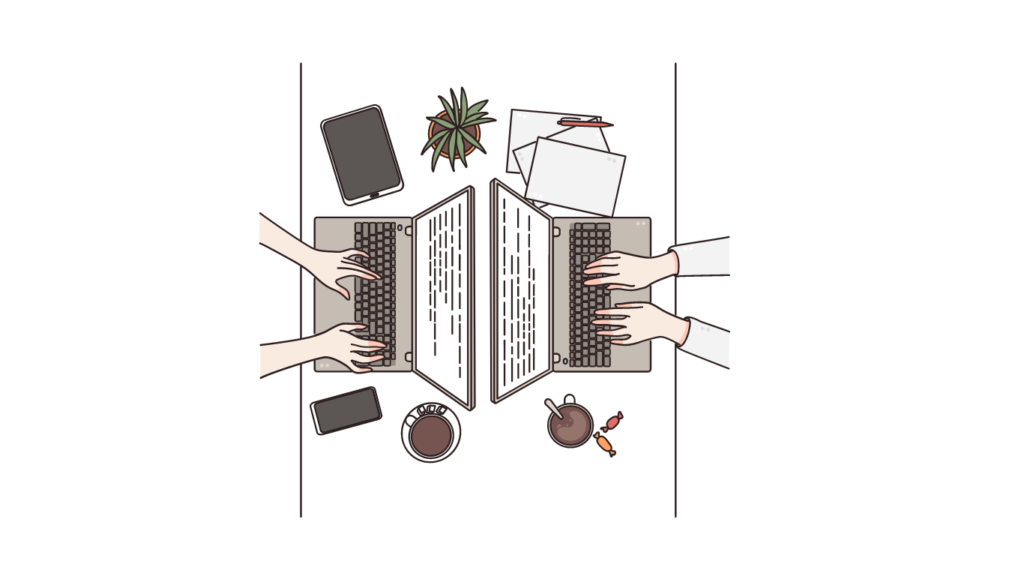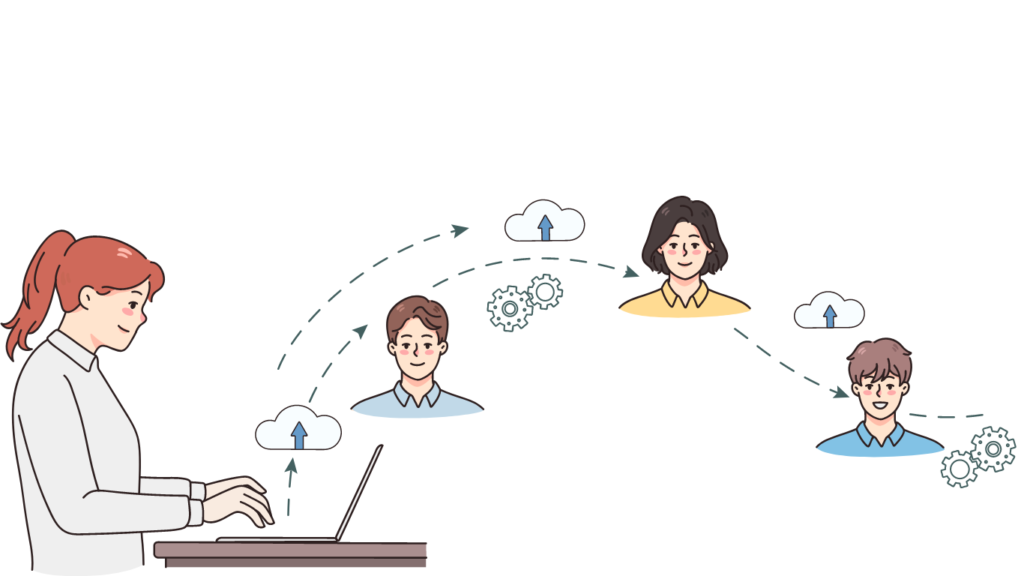
Introduction
With the recent development of BharOS by the Indian Institute of Technology, Madras (IIT), the nation’s 100 crores (one billion) smartphone users will now have access to a more private and secure mobile operating system. The new locally built software may threaten Google’s Android and Apple’s iOS. It continues to rule the mobile operating system market and serves as a smartphone’s primary user interface.
1. What is BharOS?
BharOS is an AOSP (Android Open Source Project)-a based operating system that is a government-funded project in India. It doesn’t have default Google apps or services like Android has, so users won’t be pressured to choose programmes they don’t know or don’t trust.
The free and open-source operating system (OS) was created by the non-profit JandK Operations Private Limited (JandKops), which was incubated at IIT-Madras. This fit with the project’s goal of reducing reliance on foreign operating systems in cell phones and considerably advancing “Atmanirbhar Bharat.”
2. What is truth? Why was it created?
India’s response to Google’s Android and Apple’s iOS is thought to be Bharat OS, also known as BharOS. There has always been a great deal of concern about how these corporations gather, store, and exploit. The data is created by Indian smartphone users because all smartphones run either Android or iOS. Bharosa makes an effort to address them.
3. Is it unique compared to Android?
Technically speaking, it is very similar to the Android OS; however, there are no Google services present that allow consumers to select which apps they want to instal on their smartphone. Even though it is referred to as an indigenous operating system, it is actually built on AOSP and only has one significant distinction—its No Default Apps (NDA) feature. According to the institution, this will provide users greater freedom, power, and flexibility to select programmes that are suited to their needs.
According to the inventors, it is superior to both Android and iOS in terms of features and security and may provide a smartphone with a longer battery life, according to the Indian Express. The BharOS enables “Native Over The Air” (NOTA) upgrades, which means that software updates will automatically download and instal on the device, just like Android does.
4. Features for privacy and security
BharOS, a mobile operating system, was developed with privacy and security in mind. In addition to NDA, it also provides users with access to reputable apps from business-specific Private App Store Services (PASS).
The creators issued the following statement: “A PASS offers access to a curated list of apps that have been carefully reviewed and have complied with organisations’ security and privacy criteria. As a result, consumers can be sure that the programmes they are installing are secure and have been screened for any potential privacy or security issues.
As a result, it appears that BharOS services are now being offered to consumers and organisations that manage sensitive data and information that demand strict privacy and security standards.
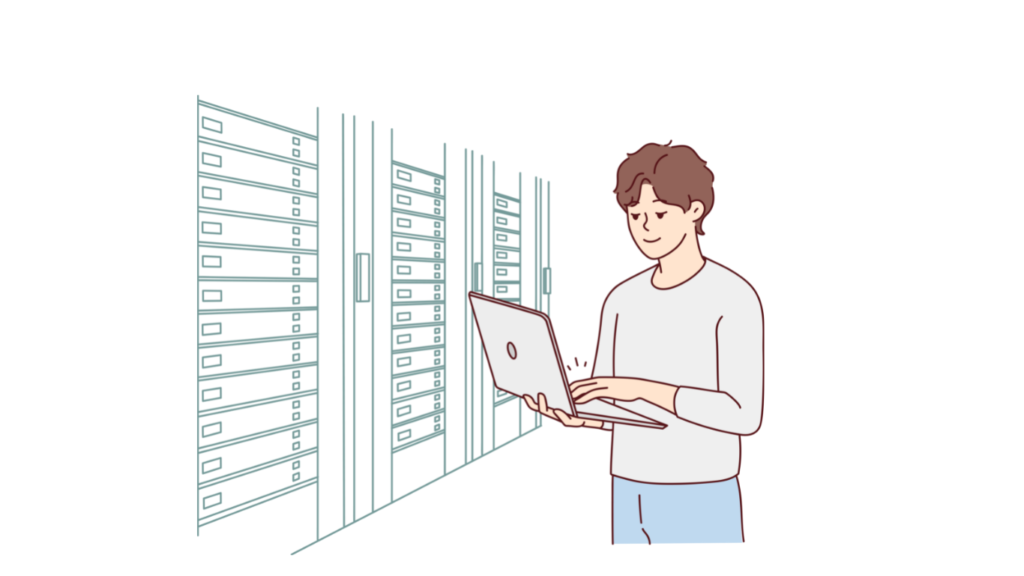
5. Can you install BharOS on your device?
According to reports, BharOS will reportedly be available on a variety of devices, including laptops, phones, and desktops. However, it is still under development, and there is no set date for its release. Furthermore, unlike Windows OS, BharOS cannot be loaded on every Android phone, so even after a greater roll-out, not all handsets may support it. It has apparently been claimed that it works with Google Pixel devices so far, but the creators have not provided an official confirmation.
6. BharOS: What is currently known about the version?
Notably, the default browser and messaging software on the current version of BharOS are third-party apps like DuckDuckGo and Signal. In addition, users can sideload any app of their choice, which may compromise the device’s security and leave it open to hacking, according to a report by the Indian Express. There are also no pre-installed apps on the device.
Additionally, it is unclear how users may switch from their existing operating system to BharOS or whether developers would work with OEMs to introduce smartphones that support the locally developed mobile operating system. According to rumours, the developers plan to work with a few smartphone makers to introduce cell phones running the BharOS.
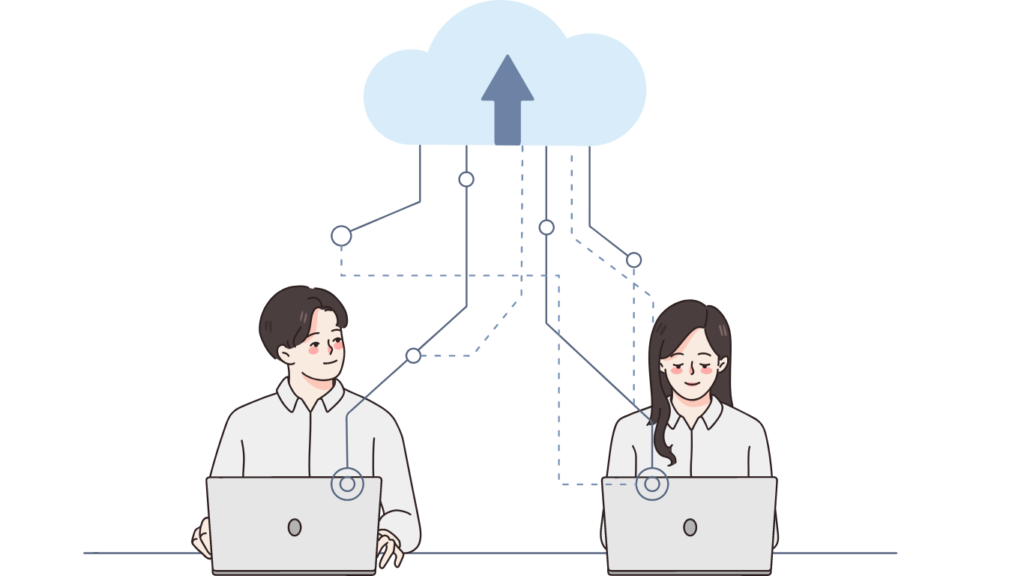
7. BharOS or Android: Which is superior?
Actually, it isn’t that easy. BharOS undoubtedly offers advantages, particularly when it comes to security and privacy. However, there are a few enduring benefits of Android that will be difficult for users to give up. Android genuinely supports a wide range of hardware and gadgets, from a straightforward smartphone that costs Rs 6000–7000 or even less to a sophisticated, pricey, and foldable smartphone that costs over Rs 100,000. What kinds of devices BharOS will support is unknown.
Another benefit is that Android has a large user base, which means bugs and issues are reported and fixed promptly. We hardly ever encounter flaws in the Android OS; instead, the majority of bugs appear when OEMs attempt to layer their own UI on top of Android. Additionally, we don’t know how regularly BharOS will receive security and generational updates.
8. What date will BharOS debut?
The release date and supported smartphones for BharOS have not been disclosed by its creators. Although it is rumoured that the developers will work with smartphone producers to release smartphones powered by BharOS soon.
9. How is BharOS installed?
There are currently no specifics on how consumers can obtain BharOS. Even the most seasoned computer aficionados hesitate to remove an operating system from a mobile device and replace it. With a new one since it is such a dangerous procedure.
Therefore, it is highly likely that BharOS will only be released for new and forthcoming devices and possibly not for existing ones. Additionally, BharOS is only now available for businesses with high privacy and security standards and “whose users handle sensitive information that necessitates confidential communications on limited apps on mobiles.” It’s unlikely that the OS will soon be made available to the general public.
It is anticipated that OS creators will work with OEMs, or original equipment manufacturers, to introduce smartphones that will run BharOS in the future.
10. What distinguishes BharOS from Android?
Because they both use the same fundamentals, BharOS and Android are quite similar technically. The capabilities and procedures used by BharOS and AOSP, the Android Open Source Project, are substantially the same. Because it lacks Google Services and Apps, BharOS differs from Android. Google has sometimes collected data without specifically asking a user by using its preloaded apps and services. Similar data-sharing practices are used by other Google PlayStore apps.
Since BharOS doesn’t include any of these preinstalled services or programmes, it is thought to be safer.
Reports do, however, indicate that the developers are in discussions with OEMs to introduce phones running BharOS in the future. However, BharOS can only grow if the government forces it; similar to last year, when reports stated that the GoI could require phone manufacturers to make their devices compatible with NavIC, India’s own navigation system.
BharOS is in its early phases, and scaling it seems to be a major problem. However, given its focus on security and privacy, it might be useful within government agencies.
11. The main points of Bharat Os (BharOs)
- The OS gives users more control, freedom, and flexibility to adapt it to their needs.
- BharOS does not come pre-loaded with any apps like Android does. Users are able to select only the programmes they require and are confident in.
- Additionally, it gives users access to a Private App Store Service (PASS) that hand-selects programmes based on their demands for security and privacy.
- The OS will receive updates natively over the air (NOTA). This is comparable to updates for Android. Software updates will be downloaded immediately to the user’s phone, eliminating the need for the user to do anything.
- Organizations with strict privacy and security requirements are currently receiving it.
- For users that handle sensitive information and need discreet discussions, it is initially being developed.
- It makes it possible for trusted apps to use private 5G networks to access private cloud services.
Conclusion
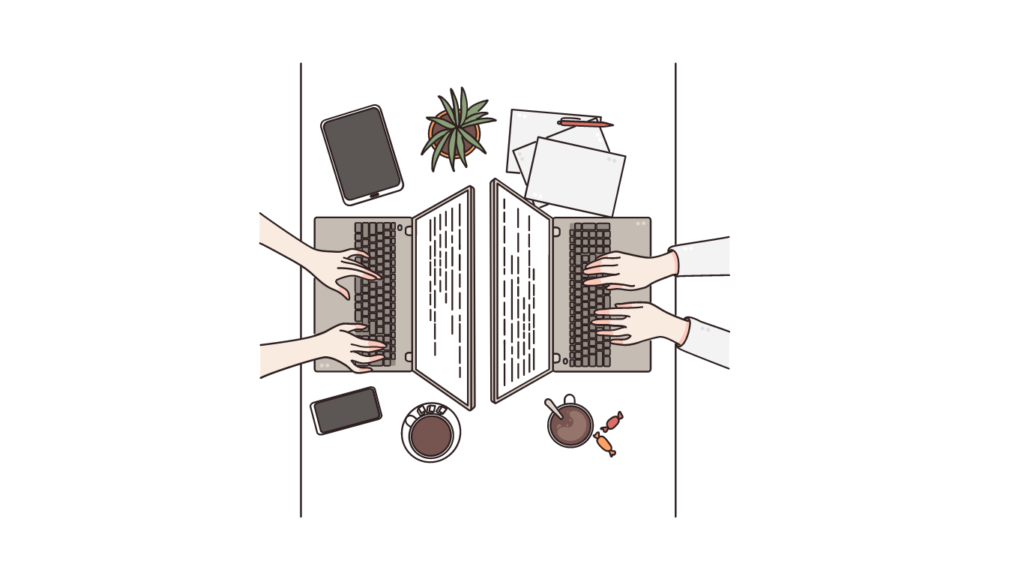
We can see that the Indian mobile operating system that was designed from scratch has a lot to offer. It might result in a significant shift in how people see data security and privacy in relation to mobile devices.
The introduction of BharOS will likely be a significant step in India’s construction of a dependable national digital infrastructure. As part of India’s Aatmanirbhar Bharat Mission, this is unquestionably a significant step. Whether it will succeed in radically changing how people view security and privacy on mobile devices remains to be seen.
If you found this blog post informative, we encourage you to continue exploring the exciting worlds of technology. CLICK HERE to connect with like-minded individuals through comments and dive deeper into the latest developments in these fields like tech trends, mass layoff wave, ChatGPT, etc…

